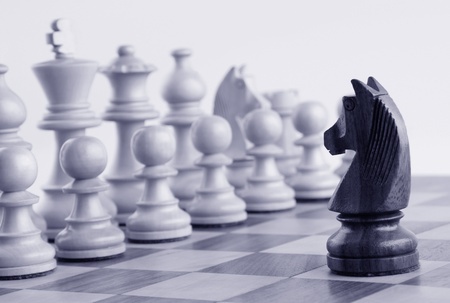If you’ve followed my blog, you know I often write about how a child’s prefrontal cortex (PFC) can be wired for basic critical thinking skills. The window of opportunity for advanced development of the PFC opens at puberty and closes sometime in the early twenties. When a young person makes an effort to foresee consequences, exercise logic. and manage decisions, they stimulate brain cells involved in these actions to connect. Only the brain cells that fire together will wire together, and they have to fire a lot to form a circuit. The unused connector fibers (dendrites) are slowly pruned away to make the established circuit more efficient. By the time a child is a young adult, most of the unused dendrites are eliminated, and primetime for connecting them is over. The window of opportunity closes and whatever foundation for higher-level thinking established in youth is what they have to work with for the rest of your life.
In my research I’ve found quite a few strategies that help teens take advantage of adolescence to build a superior mind. One of these is playing strategy games. In my opinion, the ultimate strategy game is chess.
I recently read an article, “The Kings and Queens of Brownsville,” by Jazmine Ulloa, which tells the story of hundreds of students in that impoverished, southernmost part of Texas who compete in local tournaments that decide who will go on to compete at state and national levels.
In the Brownsville area, kids begin learning chess in kindergarten and continue to develop their skills in school programs and in college. The tournaments get so much community support that the streets and parking lots of this Texas city of 175,000 are overwhelmed.
The chess program began modestly in 1989 when a teacher named J.J. Guajardo thought it would keep students from getting in trouble. It captured the kids’ interest, grew from a couple dozen enthusiasts to several hundred. Today, playing chess has become what the cool kids do.
The program has produced several national champions and chess grandmasters. Juliet Garcia, president of the University of Texas at Brownsville, says, “The discussion is not really about chess, is it? It’s about how the brain really works.” Local school officials claim that playing chess has boosted students’ self-confidence and developed critical thinking and memory skills. They point to improvements in academics and higher state standardized testing scores. This in a community where a third of the population does not have proficiency in English.
But to get the benefits, a kid has to become a player. He has to do the work. And if he does, the part of the brain involved in judgment will permanently wire itself, affecting the child’s ability to reason, solve problems and make decisions. The advantages throughout adult life will be enormous.
What’s the best book for kids that teaches chess fundamentals?
The answer: One Move at a Time: How to Play and Win at Chess…and Life!, by Orrin Hudson. Hudson affirms that chess teaches kids to be critical thinkers. His goal is to help youth become smarter and wiser, avoid trouble, and make smart life decisions. Written for kids, his book is the best introduction to chess I’ve ever seen. In ten chapters, Hudson starts with naming the pieces and explaining the game, which is actually very simple, and slowly introduces the fundamentals of winning. I’m a self-taught chess player, and I have to say I learned more in the first five chapters than I learned by being a casual player these past 50 years. In the simplest terms possible, he hands over the keys to winning at chess.
While chess has a powerful effect on the teen brain, introducing younger children to chess enhances their thinking skills, too, while establishing their interest in the game for later years.
 Learn more about building thinking skills in Chapter 9 of my book: How Your Teen Can Grow a Smarter Brain.
Learn more about building thinking skills in Chapter 9 of my book: How Your Teen Can Grow a Smarter Brain.
You can grow the bond with your child through better listening. Download the FREE ebook, Listening to Understand.

